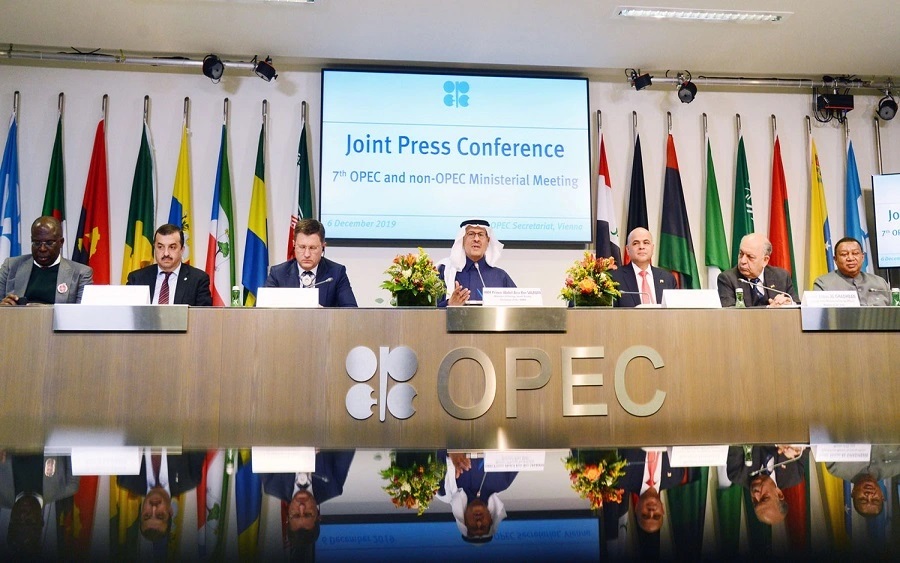According to the monthly oil market report (MOMR) issued by the Organization of Petroleum Exporting Countries (OPEC) on Monday, November 14.
The report projects that the demand for OPEC-13 crude oil in 2023 will be 29.3 mb/d, which is around 0.7 mb/d more than in 2022 but is revised down from the prior estimate by 0.2 mb/d. OPEC-13 crude demand for 2022 is revised down from the previous MOMR by 0.1 mb/d to stand at 28.6 mb/d, which is almost 0.5 mb/d higher than in 2021.
According to the analysis, Nigeria and Iraq witnessed the biggest increases in OPEC-13 crude oil production in October 2022, while Saudi Arabia and Angola witnessed decreases.
The report also noted a 0.21% decrease in OPEC-13 crude oil output in October 2022. The company recorded a monthly average production of 29.49 million barrels per day (mb/d) for October 2022 and 29.70 mb/d for September 2022, both of which were down 210 thousand barrels per day from the previous month in a short period.
OPEC-13 crude production averaged 28.4 mb/d in Q1/2022, which is 0.3 mb/d less than demand, according to the MOMR. OPEC produced on average 28.6 mb/d of crude oil in Q2 2022, which is 0.2 mb/d more than what was needed. OPEC produced 29.5 mb/d of crude oil on average in Q3 2022, 1.1 mb/d more than what was required.
Global oil demand: According to the MOMR, global oil demand will reach 101.8 mb/d in 2023. According to the paper, “anticipated geopolitical improvements and the containment of COVID-19 in China support the world oil demand increase in 2023, which is revised down by about 0.1 mb/d to stand at 2.2 mb/d to average 101.8 mb/d.
Factors affecting the supply and demand of oil globally: The MOMR contains indicators suggesting the global economy has entered a time of severe uncertainty and growing obstacles, including high inflation, monetary tightening by significant central banks, high levels of sovereign debt, tightening labor markets, and persistent supply chain bottlenecks. Due to these, a global slowdown is anticipated to occur in 4Q/2022. Most likely, the slowdown will continue into H1/2023. According to OPEC, global growth is anticipated to be 2.5 percent in 2023.
Despite a 0.21 percent decrease in OPEC’s crude production for October 2022, Nigerian crude production output rose to over a million barrels per day (mb/d).
The Nigerian Upstream Petroleum Regulatory Commission (NUPRC) had previously stated that daily output for October 2022 would be 1.01 mb/d, up from 972K BPD in August and 937K BPD in September, according to Nairametrics.
Based on direct contact, OPEC estimates Nigeria’s crude oil production for October 2022 to be 1.01 mb/d. On the other hand, OPEC estimates Nigeria’s crude oil production at 1.05 mb/d based on secondary sources.
The OPEC report stated that Nigeria’s economic outlook has been impacted by the devastating rains and floods that have affected 31 of Nigeria’s 36 states and caused a significant loss of land, lives, and livelihoods despite recording more than a million barrels per day of crude production in October 2022.
Algeria, Angola, Congo, Equatorial Guinea, Gabon, Iran, Iraq, Kuwait, Libya, Nigeria, Saudi Arabia, UAE, and Venezuela are members of the OPEC-13.















